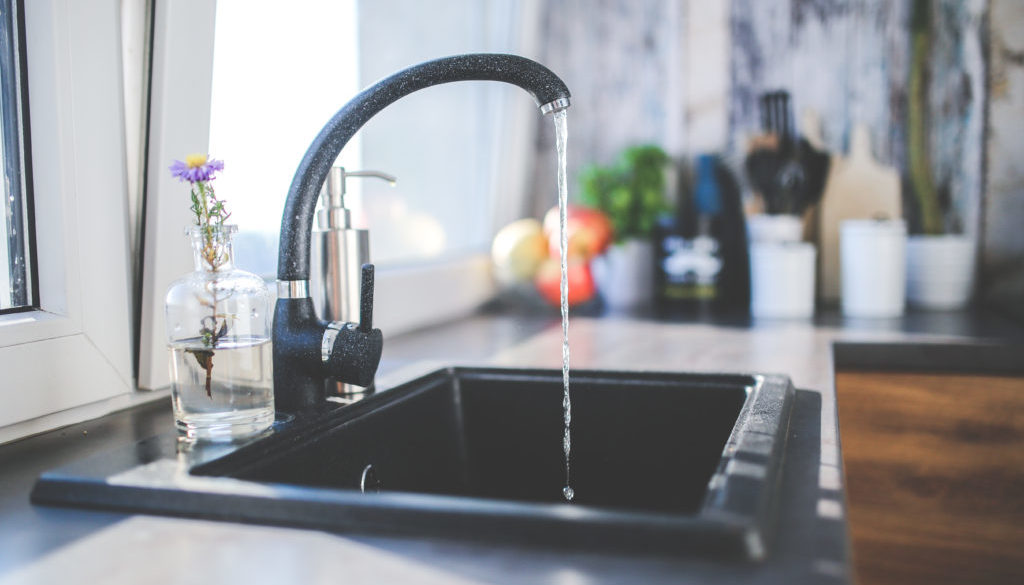The PFOA Drinking Water Contamination Crisis Just Got Much Bigger
By David Andrews and Bill Walker, Environmental Working Group
Last year, the Environmental Protection Agency reported that 1 percent of samples from public drinking water systems nationwide were contaminated with PFOA, a nonstick chemical formerly used to make DuPont’s Teflon. The chemical has been linked to cancer, harm to children’s immune systems and other serious health problems at very low doses. But the same company that analyzed many of those samples now says that more than 20 percent of the samples were likely contaminated.
The difference is that the EPA required utilities to report PFOA pollution only when it was detected above a minimum level that is much higher than what is actually in many water systems. The minimum reporting level was 10 times higher than what most labs can detect using the EPA’s testing method.
Eurofins Eaton Analytical re-analyzed more than 10,000 samples taken from 2013 to 2015, including ones that were so low they were not reported to EPA, and found that more than one in five were contaminated with PFOA. They did not analyze how many additional systems were contaminated, so it’s not possible to say how many Americans are drinking PFOA-contaminated water. But it’s certainly many more than the 7 million people served by utilities in the EPA’s count.
The high reporting limit is exactly what the chemical industry has argued for. Because of concerns that testing labs were already so contaminated that it would be hard to measure a clean sample, the industry wanted the level set even higher. Setting a high reporting level provides cover for the EPA not to do anything, since the Safe Drinking Water Act says the agency should decide whether to set a legal limit for a chemical only if contamination is deemed sufficiently widespread.
The updated analysis confirms what EWG reported in 2015. We looked at data from PFOA sampling in New Jersey, which used a much lower detection and reporting level, and calculated that the EPA’s level would have missed 75 percent of the contamination the state found.
Even with the new analysis, all of the PFOA detections nationwide exceed what the best current, independent science says is safe. That level is 1 part per trillion, or ppt, which EWG has adopted as a health-based drinking water standard.
Based on widespread exposure already occurring through food and other routes, government scientists in New Jersey and Germany say there may actually be be no safe level of drinking water exposure to PFOA and similar compounds in the family of highly fluorinated chemicals known as PFCs or PFASs. Yet the EPA has not set a legal limit for these chemicals, only a non-binding health advisory level of 70 ppt for PFOA and its close chemical cousin PFOS, formerly an ingredient in 3M’s Scotchgard.
But there’s some more encouraging news on protecting people from PFOA.
New Jersey health officials announced this week that they will set a legal limit for tap water of 14 ppt for PFOA and 13 ppt for a similar chemical called PFNA. While still too high, these limits would be the most stringent in the nation.
PFOA and PFOS were phased out under pressure from the EPA, and are no longer made or used in the U.S. But the chemicals that have replaced them were not adequately tested before they were rushed to market, and they’re contaminating drinking water much more widely than previously known.
The EPA reported last year that the fluorinated compound PFBS was found in fewer than 0.1 percent of nationwide water samples, but Eurofin’s new analysis says it contaminated nearly 12 percent of samples. The EPA did not require testing for another common replacement chemical, PFHxA, but in more recent testing it is showing up at a similar frequency as PFBS.
In the face of this new evidence, it is scandalous that the EPA has not set a legal limit for PFOA and related chemicals. The PFC contamination crisis is not going away, but the agency has shown no sign that it is even considering enforceable regulations. Other states should follow the lead of New Jersey and Vermont, and take action to protect their drinking water from PFCs.

